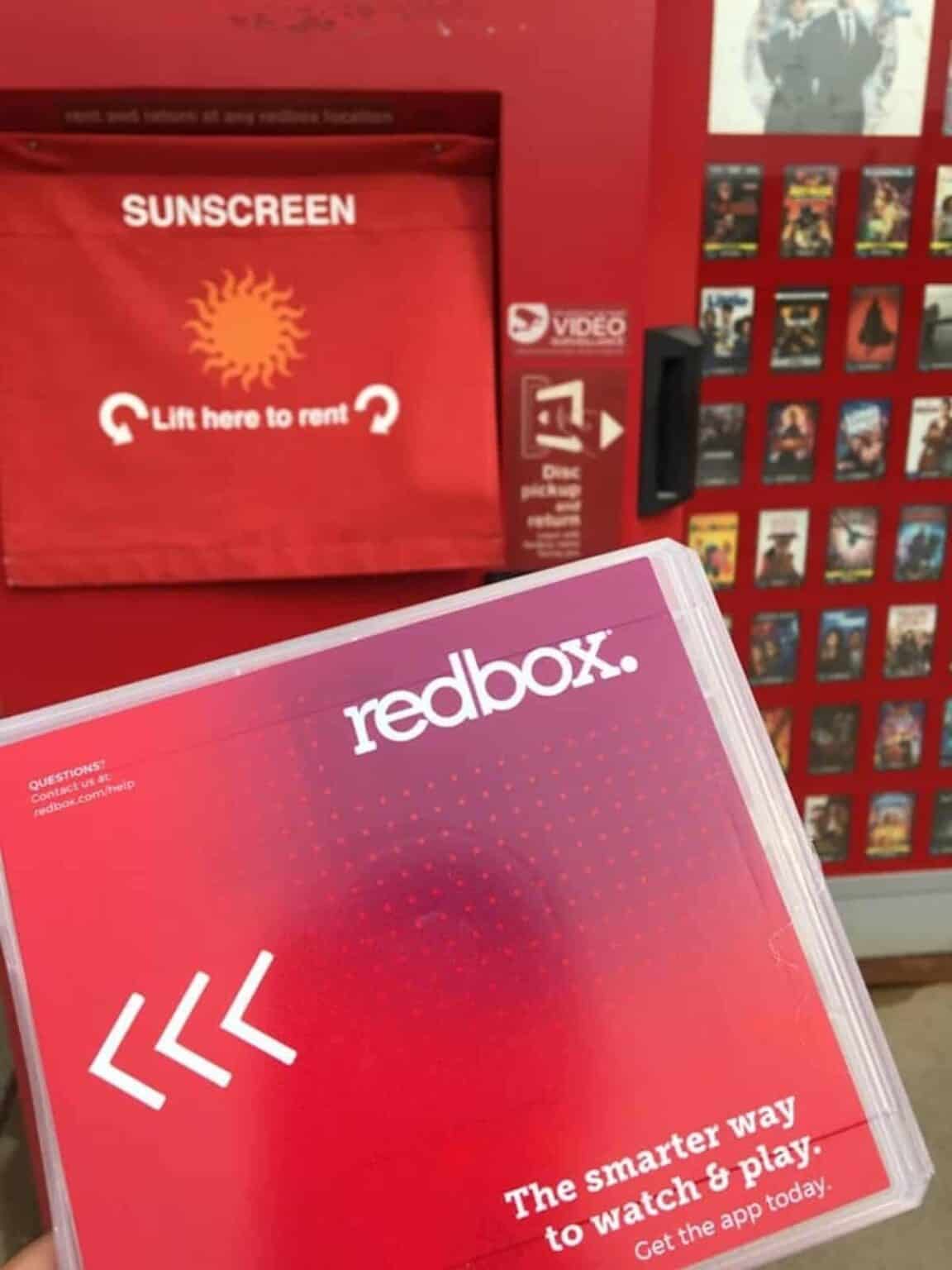Is the era of the red kiosk truly drawing to a close? The decline of Redbox, once a ubiquitous entertainment staple, is a stark reminder of the rapid shifts in the media landscape and the relentless march of streaming services.
Once a familiar sight outside supermarkets and fast-food restaurants, Redbox offered a convenient and affordable way to rent new-release movies. For a generation accustomed to physical media, the red kiosks represented a readily accessible source of entertainment. However, the entertainment industry is in constant evolution. Today, many people prefer the convenience of streaming services and on-demand platforms. This shift raises a fundamental question: can a business model built on physical rentals survive in an increasingly digital world?
Here’s a look at the evolution of Redbox and the forces that led to its current position:
| Aspect | Details | Source |
|---|---|---|
| Company | Redbox | Redbox Official Website |
| Business Model | Movie Rental Kiosks, On-Demand Streaming (later) | Redbox marketing materials, financial reports |
| Peak Popularity | Mid-2000s to early 2010s | Observation of cultural trends, reports of kiosk locations. |
| Initial Advantage | Affordable, convenient access to new-release movies | Consumer surveys, reviews, and general feedback |
| Challenges | Competition from streaming services, changing consumer habits, reduced revenue from physical rentals | Industry analysis, Redbox financial statements, and market trends |
| Key Developments | Expanded into On-Demand streaming; business combination with Seaport Global Acquisition Corp.; | Press Releases, financial reports. |
| Current Status | Operates kiosks and offers on-demand streaming, with an evolving focus on digital distribution. | Redbox company announcements, news reports. |
The story of Redbox is a case study in the disruptive nature of technological advancement. The company carved a niche by offering a low-cost alternative to both traditional brick-and-mortar video stores and the expensive pay-per-view options of the time. New releases were a particular draw, with Tuesday becoming the unofficial “Redbox day” for many moviegoers. The convenience of being able to pick up a new movie at a local grocery store or pharmacy made Redbox an instant hit. The low price point, typically around a dollar a night, was another significant selling point, especially when compared to the cost of purchasing a DVD or Blu-ray.
However, the entertainment landscape began to change rapidly. Streaming services, such as Netflix, Hulu, and later, Amazon Prime Video, gained traction. These platforms offered on-demand viewing, eliminating the need to leave home or return a physical disc. The convenience of streaming was a powerful draw, and consumers increasingly shifted their viewing habits. This fundamental shift in consumer behavior placed significant pressure on Redbox's business model.
The decline was not immediate. Redbox attempted to adapt, expanding its offerings with Blu-ray rentals, and later, by venturing into on-demand streaming. This allowed the company to diversify its revenue streams and cater to the growing demand for digital content. However, the competition in the streaming market was fierce, with established players and deep pockets investing heavily in content acquisition and technological infrastructure.
Redbox also faced challenges from within. The availability of new releases on physical media dwindled as studios focused on promoting digital sales and rentals. The window between theatrical releases and physical media availability shortened, further reducing the appeal of Redbox's offering. The company’s financial performance suffered, leading to strategic shifts and restructuring efforts.
The company went through significant changes, including the business combination with Seaport Global Acquisition Corp. This transaction injected much-needed capital into the company, but it also underscored the challenges Redbox faced in a changing market. The company had to evolve further to find its place in the modern entertainment sphere.
The website's Coming Soon page, a staple for those anticipating the newest releases, has experienced periods of inactivity. The company must be looking to make the website updated. This change suggests internal shifts and adjustments to the company's approach to marketing and content delivery. The need for a streamlined, updated online presence is crucial to compete with more agile and technologically sophisticated platforms.
The recent news reflects this broader trend of adaptation and survival in a competitive industry. The fact that Redbox continues to exist, even in a reduced capacity, is a testament to its brand recognition and the enduring appeal of physical media for some consumers. Yet, the company's future remains uncertain, hinging on its ability to further refine its business model. This includes how effectively it navigates the streaming wars. The continued success will depend on the company's capacity to anticipate and respond to the ever-changing desires of its audience.
Today’s new movie releases on DVD and Blu-Ray rental include a mix of recent theatrical releases. The presence of these titles at kiosks show the continued demand for physical media, despite the growth of streaming.

